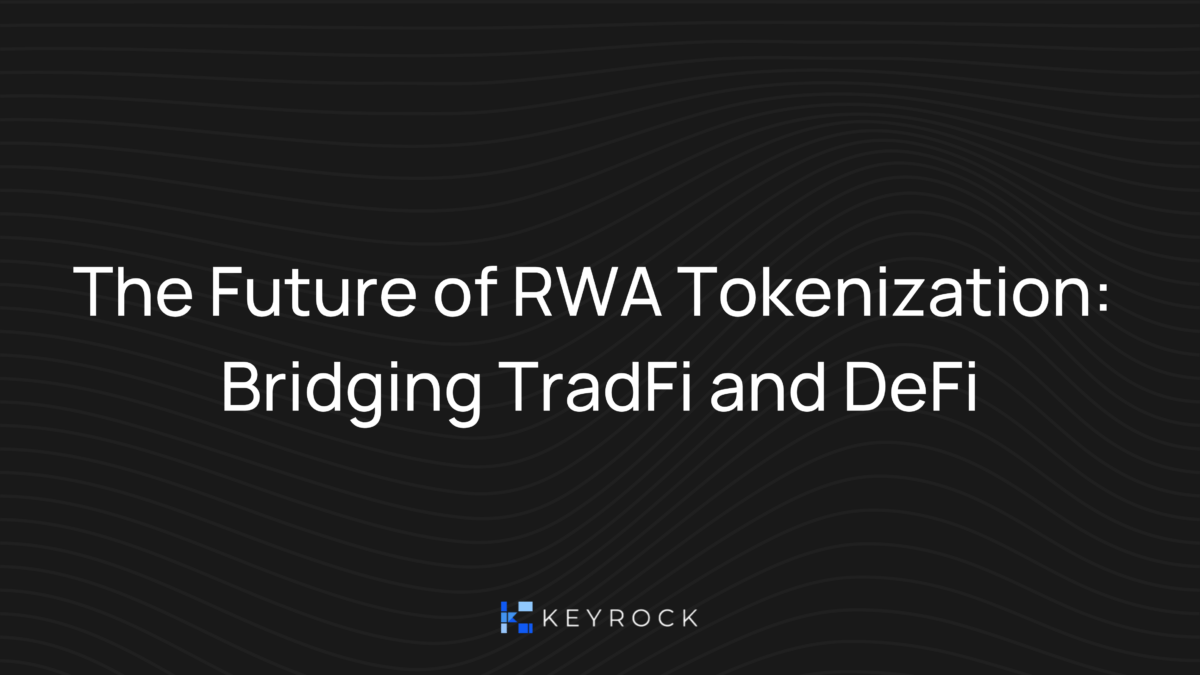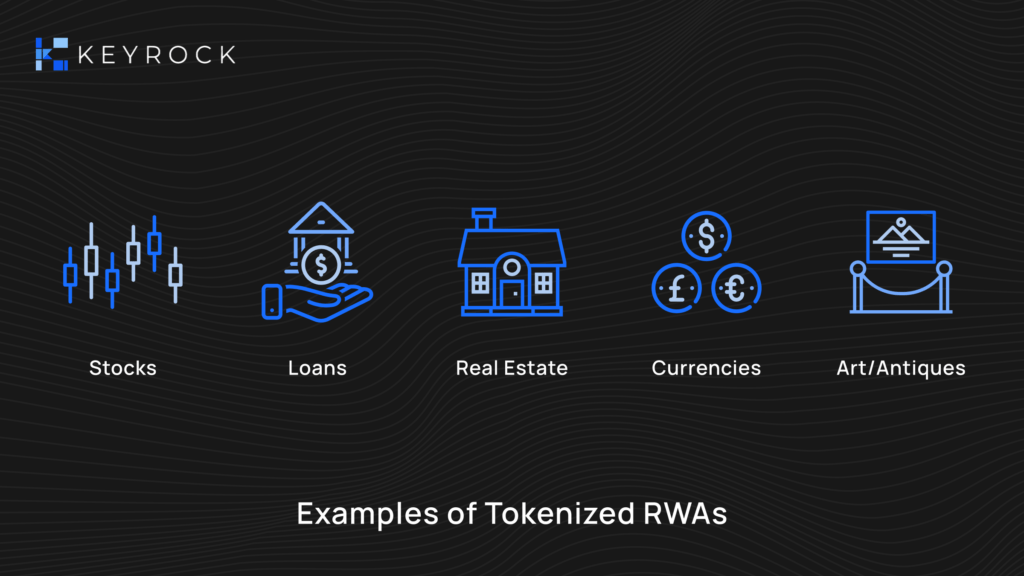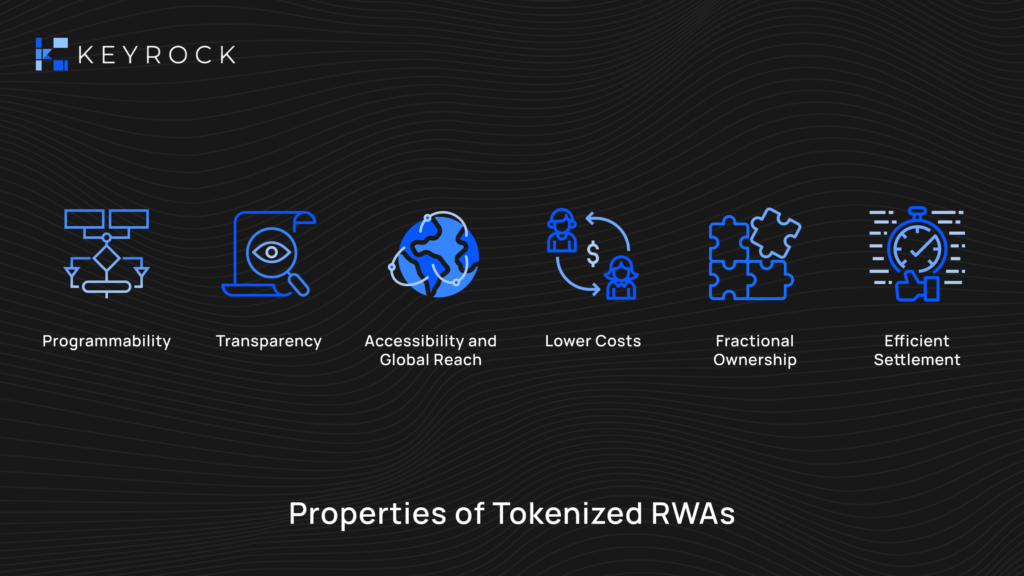As we look towards 2024, the landscape for RWAs is set to be transformed by the increasing adoption and innovation in tokenization. Crypto market makers are benefiting from a current growth in tokenization use cases that is bridging the gap between TradFi and DeFi.
Two key areas demonstrating this trend are tokenized treasuries and private credit.
Tokenized Treasuries
The tokenization of U.S. Treasuries is emerging as a highly popular use case for bringing real-world assets onto the blockchain. This trend aligns with a shift in investor interest towards more traditional financial instruments like bonds, especially in times when DeFi yields are declining.
The market for tokenized treasuries has expanded rapidly, now valued at around $600 million. Projects like Ondo Finance (or Centrifuge) are at the forefront, introducing a short-term US government bond fund specifically tailored for crypto market makers. The diversity in this market is growing, with numerous funds offering various participation methods in this rapidly developing sector.
Private Credit
In parallel, the tokenization of private credit represents another significant stride. This approach involves bringing real-world debt assets owned by credit solution providers onto the blockchain. These are then made accessible to accredited investors through Web3 platforms. Here, tokenization can bring benefits that are available in crypto market making such as lowering the barrier to entry through fractionalization.
A prime example of this is the tokenization of private credit through receivables pools. Platforms like Credix are enabling crypto market makers to acquire tokenized private notes backed by receivables from private loans. The yield generated from these investments is distributed to investors in stablecoins like USDC. Highlighting the potential in this space, Credix recently announced that its partners have already filed for a $100M USD-denominated private note, indicating significant growth prospects for this application of tokenization.
Reshaping Traditional Assets
As we move into 2024 and beyond, these developments in tokenized treasuries and private credit illustrate just the beginning of what’s possible with the tokenization of RWAs. This evolving landscape promises to offer innovative financial instruments and opportunities, reshaping how traditional assets interact with and are valued in the digital era.


